NUBLU CRYO OCC 5N Single Crystal Silver Balanced Interconnects Pair
£137.00 – £356.00Price range: £137.00 through £356.00
Gothic Audio Nublu RCA – OCC Silver Cryo Interconnects
Handmade in the UK • 5N OCC Cryogenically Treated Silver • Fully Shielded Low-Capacitance Design
- 4 x 22AWG 5N OCC cryo silver conductors for precision, purity, and performance
- Teflon dielectric with cotton spacer for geometry stability
- Double shielding: foil + braided copper
- Custom acoustic sleeving & shrunk-on silicone outer
Connector options: KLE Copper Harmony, AECO Silver-Plated, AECO Gold-Plated
Description
Gothic Audio Nublu RCA – OCC Silver Cryo Interconnects
Precision. Purity. Performance. Now Refined — in RCA form.
The Nublu RCA OCC Silver Cryo Interconnects are a no-compromise solution for unbalanced analogue audio systems. Built by hand in the UK, these cables feature cryogenically treated OCC silver conductors, refined shielding, and a selection of high-end RCA connectors tailored to your system’s tonal preferences and budget.
Construction Overview
- 4 x 22AWG 5N OCC Pure Silver: Cryogenically treated for 72 hours to enhance conductivity and musicality.
- Teflon Dielectric Insulation: Low capacitance for accurate signal transfer.
- Cotton Spacer: Maintains conductor geometry and damps vibration.
- Double Shielding: Aluminium foil + braided copper shield for exceptional noise rejection.
- Shrunk-On Silicone Outer: Improves flexibility, durability, and production efficiency.
- Custom-Woven Acoustic Sleeving: Adds style, vibration damping, and mechanical protection.
Connector Options
- KLE Copper Harmony: Lightweight, neutral, and highly transparent.
- AECO RCA – Silver-Plated: Tellurium copper with silver plating for speed and resolution.
- AECO RCA – Gold-Plated: Tellurium copper with gold plating for tonal warmth and longevity.
(Prices vary by connector type — final pricing shown at checkout.)
Lower Price – Same Performance
Thanks to bulk material sourcing and our new streamlined heat-shrink process, Nublu RCA cables are now available at a reduced price without compromising hand-built quality or performance.
Critical Acclaim
The Ear praised the Nublu series for its superb clarity and unbeatable value. This RCA version delivers the same reference-grade performance for systems requiring unbalanced interconnects.
Specifications
| Conductors | 4 x 22AWG 5N OCC Cryo Silver |
|---|---|
| Insulation | Teflon |
| Core | Cotton Spacer |
| Shielding | Foil + Braided Copper |
| Outer Jacket | Shrunk-on Silicone |
| Sleeving | Custom-Woven Acoustic Nylon |
| Connectors | KLE Copper Harmony, AECO Silver-Plated, AECO Gold-Plated |
| Assembly | Handmade in the United Kingdom |
Why Choose the Nublu RCA?
- True OCC silver performance, cryo-treated for enhanced musicality
- Fully shielded with low-capacitance design
- Three premium RCA options for tonal tuning
- Built entirely by hand in the UK
- Now more affordable thanks to streamlined production
FAQs
Is OCC silver better than OCC copper?
OCC silver has even higher conductivity than OCC copper and provides exceptional resolution, air, and transient response, while retaining musicality when paired with the right system.
Will these cables work with my phono stage?
Yes — as long as your phono stage uses unbalanced RCA inputs/outputs, the Nublu RCA cables will work perfectly.
Are they flexible enough for tight spaces?
Yes — the shrunk-on silicone outer provides excellent flexibility without compromising durability or shielding.
1 review for NUBLU CRYO OCC 5N Single Crystal Silver Balanced Interconnects Pair
Related products
-
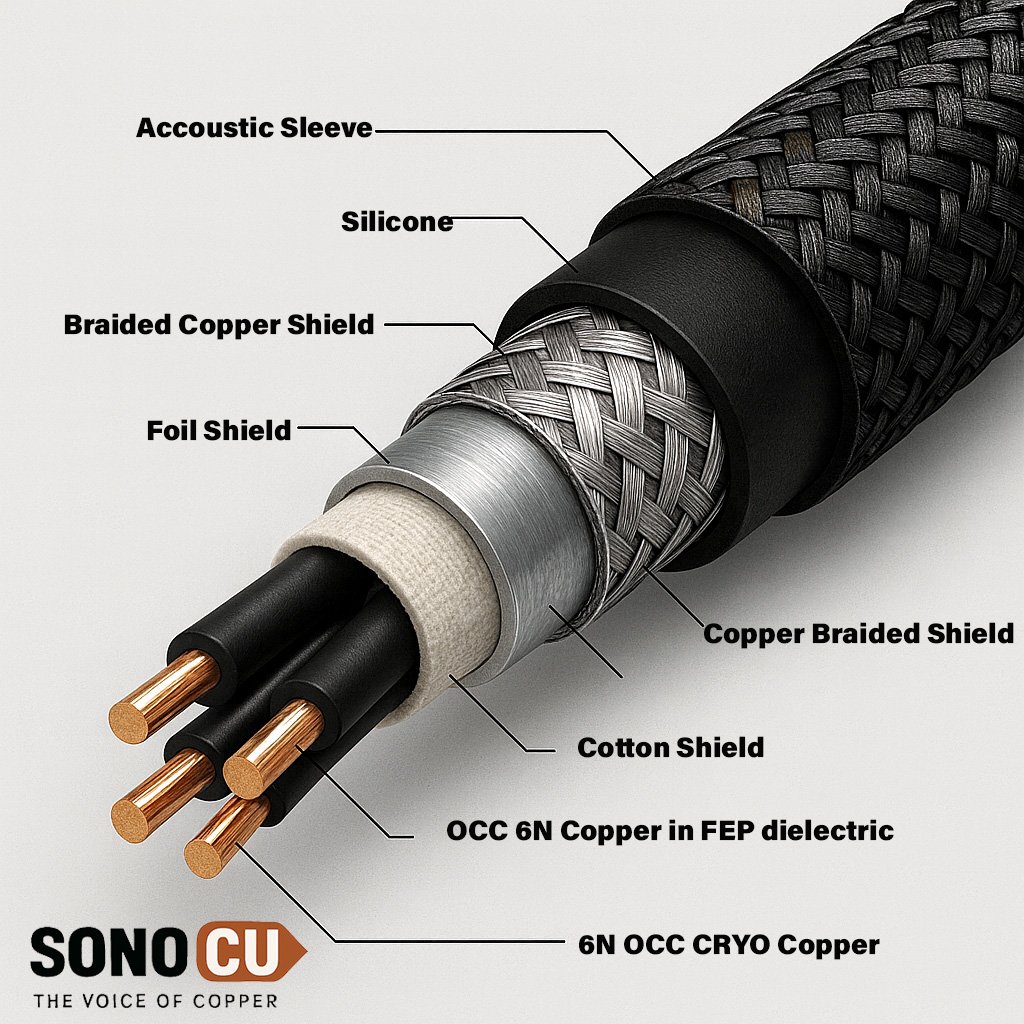
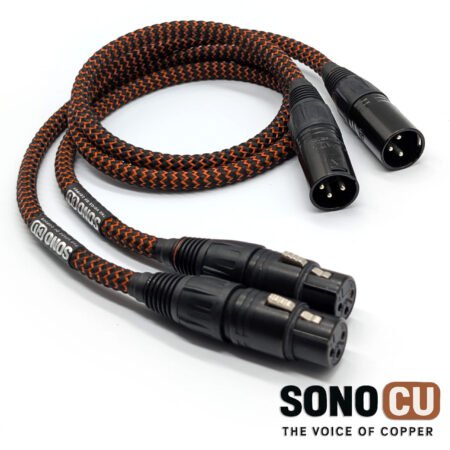
Sonocu OCC Cryo Copper XLR Interconnect Cables – Pair
0 out of 5Select options This product has multiple variants. The options may be chosen on the product page -
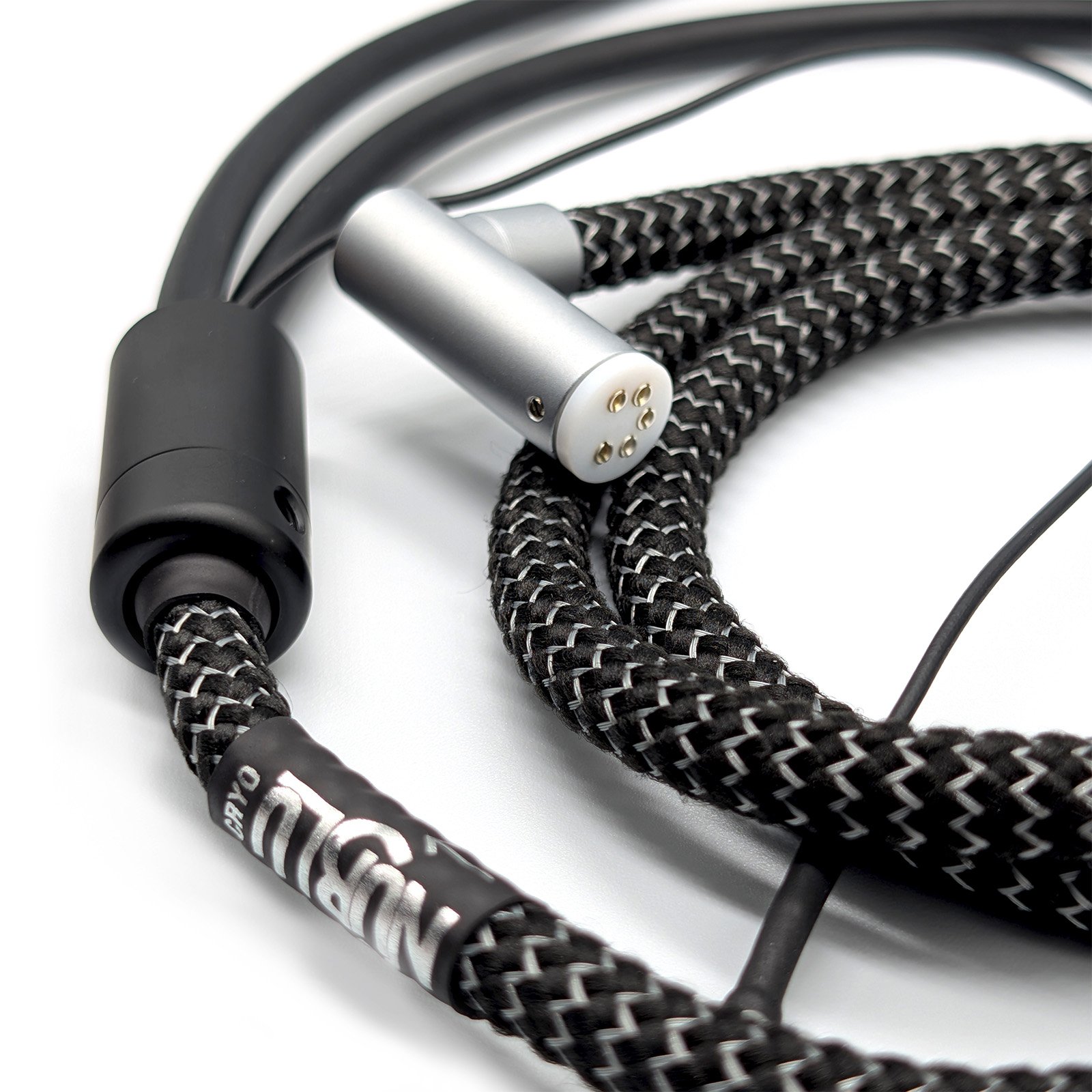
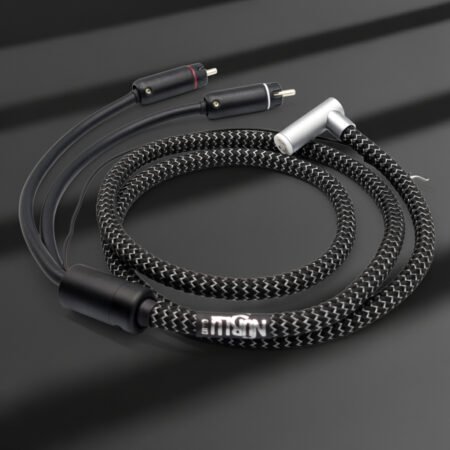
Nublu Tonearm Cable – OCC Silver Cryo (DIN to RCA)
0 out of 5Select options This product has multiple variants. The options may be chosen on the product page -

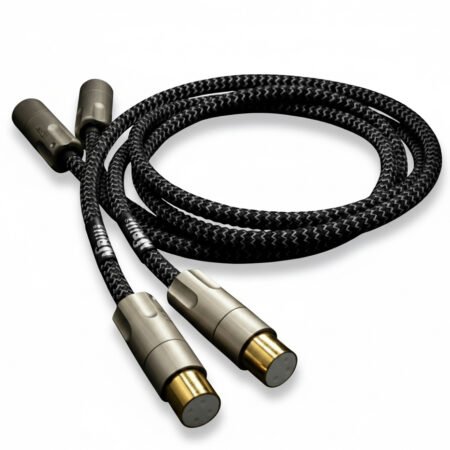
Nublu Cryo Ultimate XLR Interconnects AECO Silver/Gold Plated XLR Connectors
0 out of 5Select options This product has multiple variants. The options may be chosen on the product page -


NUBLU CRYO OCC 5N Single Crystal RCA Interconnects Pair
5.00 out of 5Select options This product has multiple variants. The options may be chosen on the product page

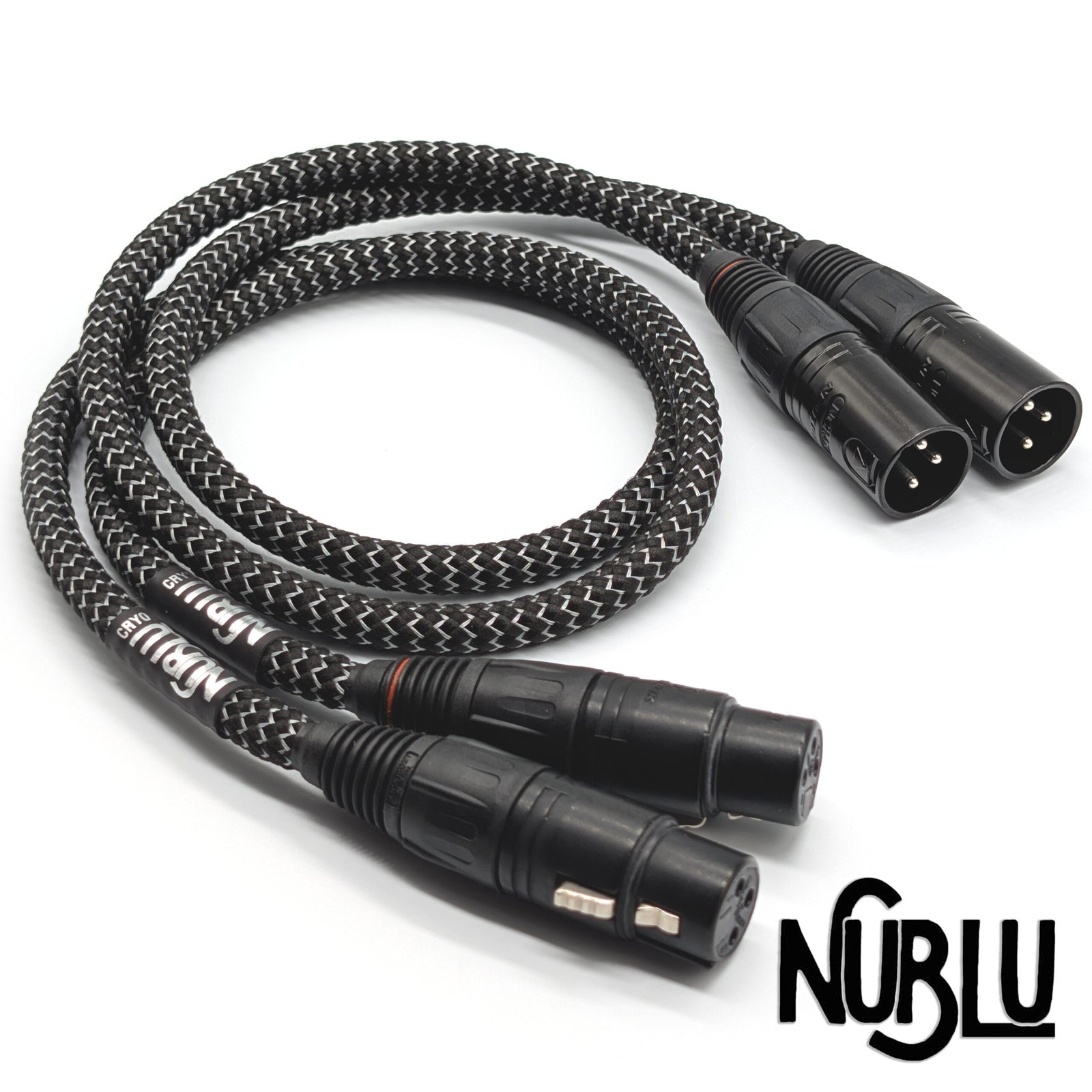
theophile98 (verified owner) –
Chris, your new Gothic Audio NUBLU OCC 5N CRYO Silver Balanced Cables sound GREAT! After a 24-hour break-in of continuous music playback, they offer subtle, but definitive Sonic Advantages over my prior WBC Pro-Star Quad balanced cables:
Larger and better Definition of the Holographic Soundstage Presentation, with more separation, air, body, and realism of vocals, harmonies, and instrumentation!
An Enhanced Clarity of vocals, lyrics, and melodies that for me, allows better understanding of diction and the vocalist feelings.
Improved Naturalness and greater ease/effortlessness of the musical listening experience (all genres).
Very Solid and Balanced Full Bandwidth frequency/phasing responses with fast transient attacks and very long decays.
Superb Fidelity of all musical excitement, tonality, timbre, transients, and PRaT.
Wider Range between micro and macro dynamic swings.
Overall, a solid step-up in “system-speakers-dedicated music room” Total Disappearance!
I am THERE, in the recorded venue, with the musician(s) and ambiance energies of the performance!!
With the Very Revealing/Accurate music system/set-up I have, could not see How it was possible to improve my home musical experience. Apparently, your well-engineered and well-made Silver CRYO Balanced Cables have Certainly Opened My Ears. These cables are not going back…definite Keepers!!!
Ted
Mike –
Gothic Audio Nublu OCC 5N Cryo Silver XLR
Exceptional Clarity and Dimensionality with the Laiv Audio Micro DAC
I recently added the Gothic Audio Nublu OCC 5N Cryo Silver XLRs between my Laiv Audio Micro DAC and VTV Power Amp and the improvement was immediate. The presentation opened up with a much wider, deeper soundstage and pinpoint imaging. The Nublus let the Laiv’s natural transparency and resolution shine — instruments are now better separated, and the sense of air and space around them is remarkable.
Tonal balance is spot-on: highs are smooth and extended, mids have a lifelike presence, and the bass is clean, fast, and articulate. Noise floor dropped noticeably, giving everything a more effortless, analog-like flow.
The build quality is excellent, with sturdy connectors and a refined, flexible jacket. These cables easily compete with models at several times the price. Paired with the Laiv Micro DAC, they deliver an incredibly engaging, three-dimensional listening experience. Highly recommended for anyone chasing true transparency and soundstage realism.